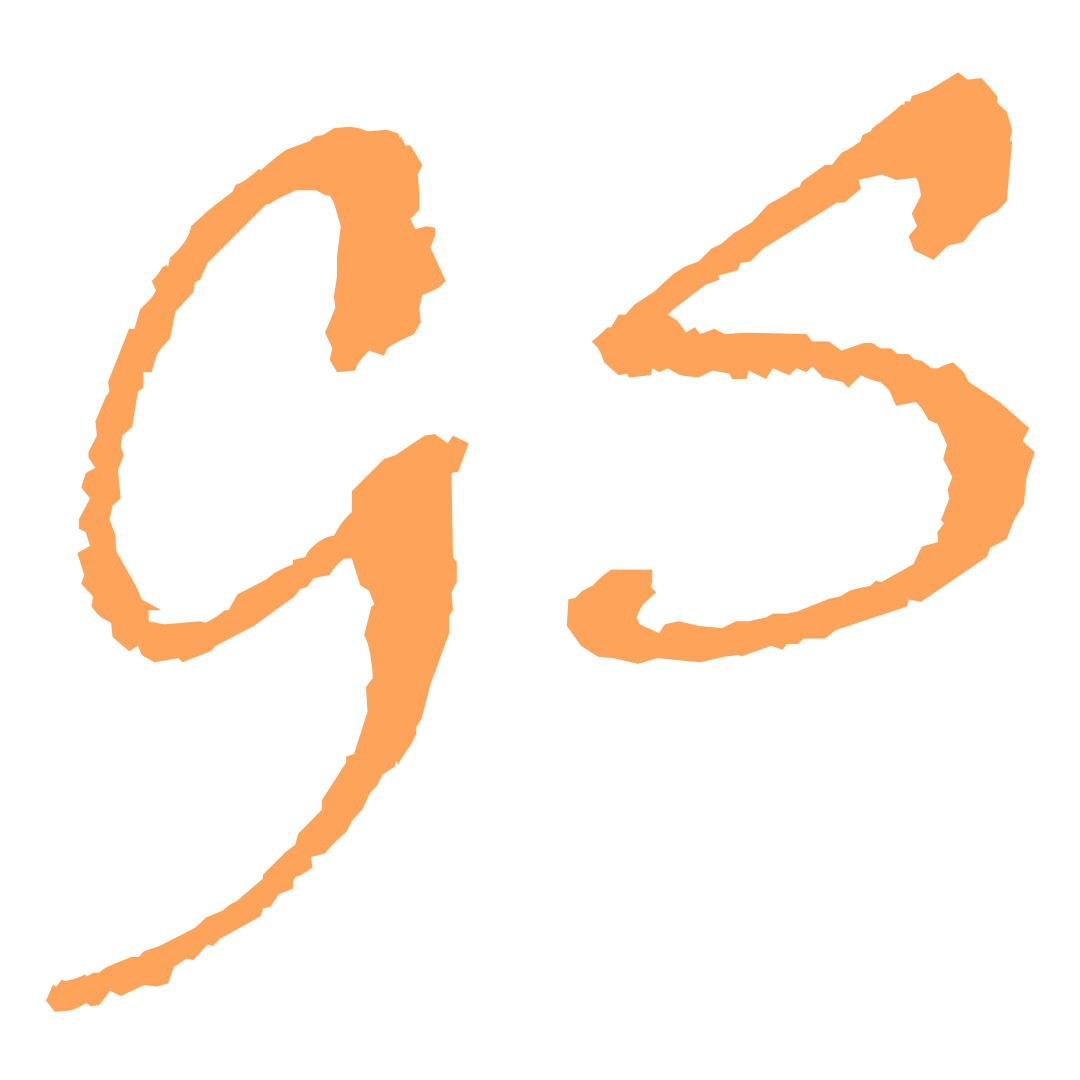Română
Istoria Epocii Edo
Arta japoneză ukiyo-e s-a dezvoltat în orașul Edo (actualul Tokyo) în timpul perioadei Tokugawa sau Edo (1615-1868). Aceste două denumiri se referă la cei 250 de ani relativ pașnici în care shogunii Tokugawa au condus Japonia și au făcut din Edo sediul puterii shogunale.
Ierarhia socială a vremii, stabilită oficial de conducătorii shogunali, plasa comercianții, segmentul cel mai bogat al populației, la capătul inferior al scalei. Cu puterea politică efectiv înlăturată, clasa negustorilor s-a orientat către artă și cultură, ca arene în care putea participa pe picior de egalitate cu elita claselor superioare (războinici, fermieri și artizani). Colaborarea dintre comercianții, artiștii, editorii și orășenii din Edo a fost cea care a dat ukiyo-e vocea sa unică. La rândul său, ukiyo-e a oferit acestor grupuri un mijloc de a obține un statut cultural în afara domeniilor sancționate ale shogunatului, templului și curții.
În această expoziție veți găsi o selecție de xilogravuri japoneze originale din perioada Edo, realizate de artiști celebri ai acestei perioade, precum Utamaro, Hokusai, Eizan, Eisen și lucrări ale membrilor școlii Utagawa, precum Toyokuni I, Toyokuni III Kunisada, Hiroshige, Kunisada II, Kunichika, Kuniyoshi.
Școala Utagawa a fost una dintre principalele școli de stampe ukiyo-e, fondată de Utagawa Toyoharu la sfârșitul anilor 1760. A fost cea mai mare școală ukiyo-e din perioada sa. Principalele stiluri erau bijin-ga (femei frumoase) și uki-e (imagine în perspectivă). Principalul său elev, Toyokuni I, a preluat conducerea după moartea lui Toyoharu și a condus grupul pentru a deveni cea mai faimoasă și puternică școală de gravură pe lemn pentru restul secolului al XIX-lea.
Hiroshige, Kunisada, Kuniyoshi și Yoshitoshi au fost elevii lui Utagawa. Școala a avut atât de mult succes și a devenit atât de cunoscută încât astăzi mai mult de jumătate din toate tipăriturile ukiyo-e care au supraviețuit au fost create de elevii acestei școli.
Fondatorul Toyoharu a adoptat perspectiva profundă în stil occidental, o inovație în arta japoneză. Urmașii săi imediați, Utagawa Toyohiro și Toyokuni, au adoptat stiluri mai îndrăznețe și mai senzuale decât Toyoharu și s-au specializat în genuri diferite – Toyohiro în peisaje și Toyokuni în stampe cu actori kabuki. Mai târziu, artiștii școlii s-au specializat în alte genuri, cum ar fi gravurile cu războinici și povești mitice.
English
History of the Edo period
The Japanese art of ukiyo-e developed in the city of Edo (now Tokyo) during the Tokugawa or Edo Period (1615-1868). These two names refer to the relatively peaceful 250 years during which the Tokugawa shoguns ruled Japan and made Edo the shogunal seat of power.
The social hierarchy of the day, officially established by shogun rulers, placed the merchants, the wealthiest segment of the population, at the lower end of the scale. With their political power effectively removed, the merchant class turned to art and culture as arenas in which they could participate on an equal basis with the elite upper classes (warriors, farmers, and artisans). It was the collaboration among the merchants, artists, publishers, and townspeople of Edo that gave ukiyo-e its unique voice. In turn, ukiyo-e provided these groups with a means of attaining cultural status outside the sanctioned realms of shogunate, temple, and court.
In this exhibition you will find a selection of original Japanese woodcuts from the Edo period by famous artists of this period such as Utamaro, Hokusai, Eizan, Eisen and works by members of the Utagawa School such as Toyokuni I, Toyokuni III Kunisada, Hiroshige, Kunisada II, Kunichika, Kuniyoshi.
The Utagawa school was one of the main schools of ukiyo-e prints, founded by Utagawa Toyoharu in late 1760s. It was the largest ukiyo-e school of its period. The main styles were bijin-ga (beautiful women) and uki-e (perspective picture). His principal pupil, Toyokuni I, took over after Toyoharu’s death and led the group to become the most famous and powerful woodblock print school for the remainder of the 19th century.
Hiroshige, Kunisada, Kuniyoshi and Yoshitoshi were Utagawa students. The school became so successful and well known that today more than half of all surviving ukiyo-e prints have been created by students of this school.
Founder Toyoharu adopted Western-style deep perspective, an innovation in Japanese art. His immediate followers, Utagawa Toyohiro and Toyokuni adopted bolder, more sensuous styles than Toyoharu and specialized in different genres — Toyohiro in landscapes and Toyokuni in kabuki actor prints. Later artists in the school specialized in other genres, such as warrior prints and mythical stories.
